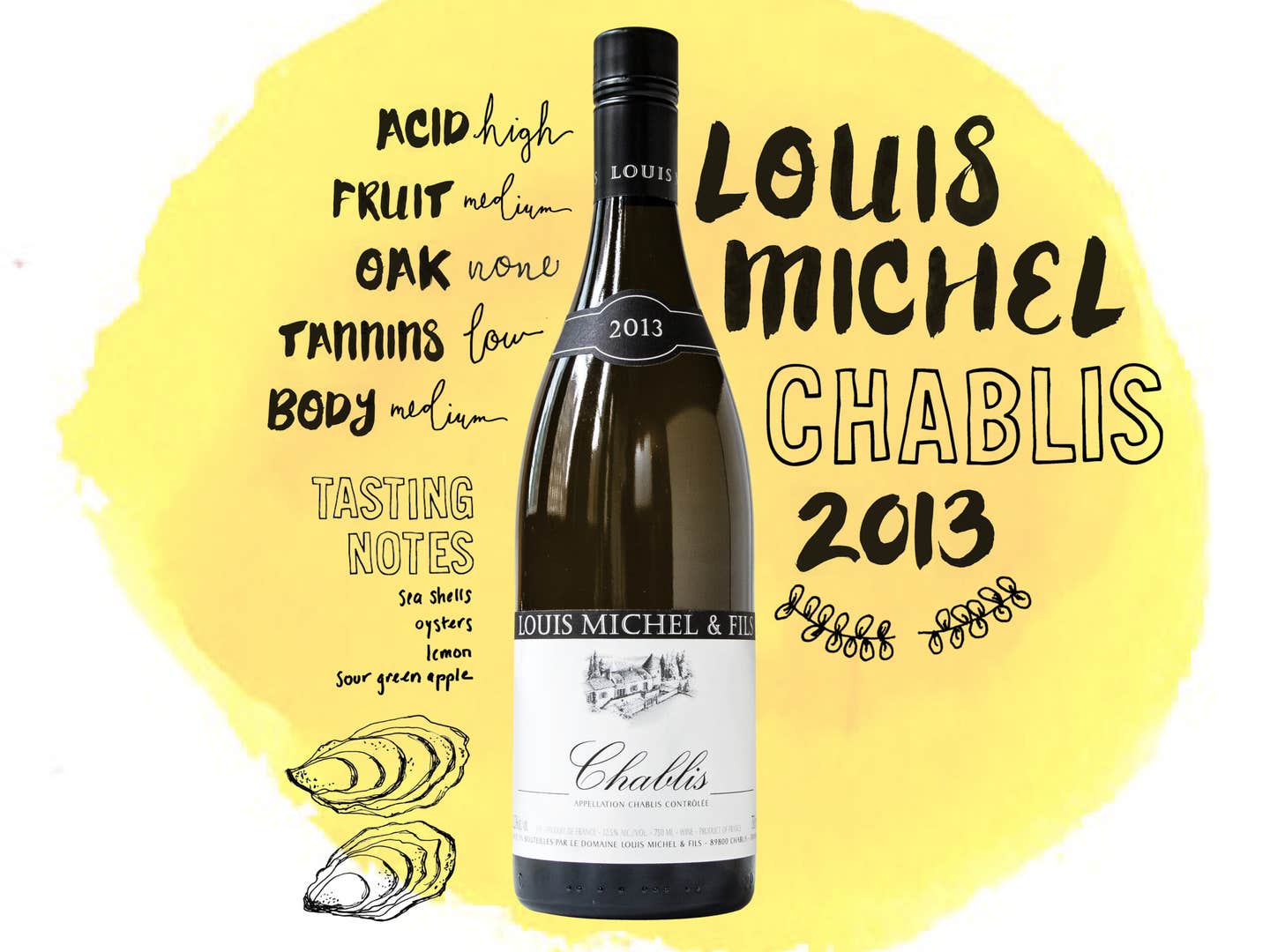
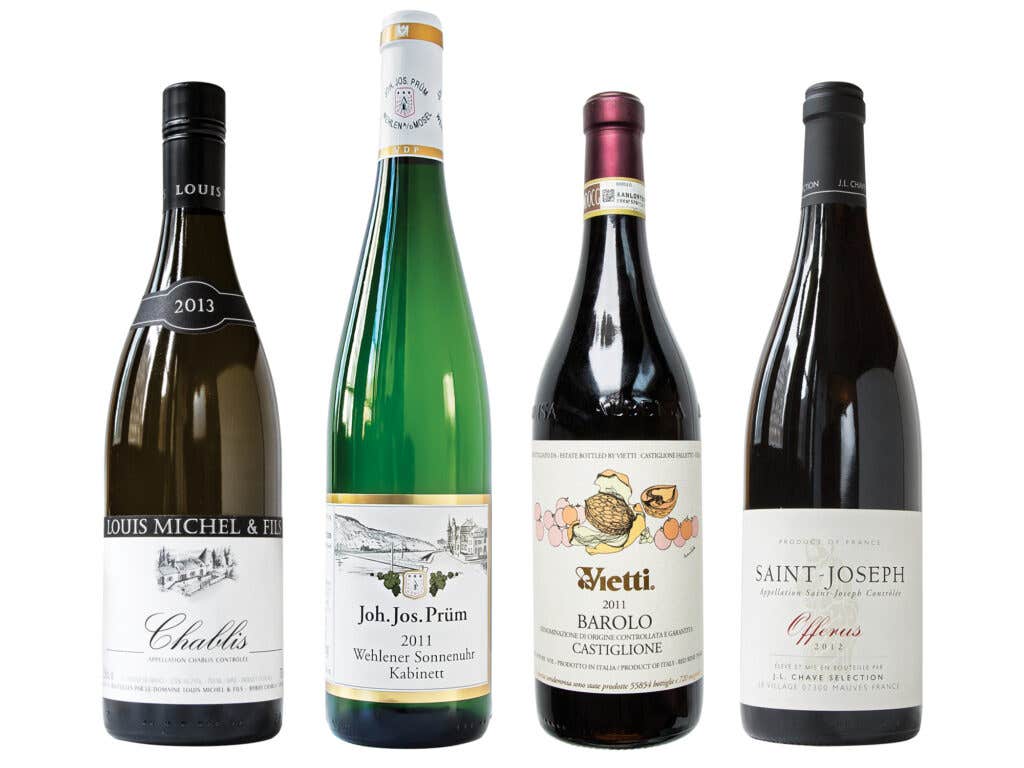
Tasting wine is always fun, but often intimidating. To help demystify the process, we've called on Thomas Pastuszak and Jessica Brown, husband-and-wife wine geeks and sommeliers at a couple of top New York restaurants: Thomas currently serves as the wine director at The Nomad Hotel, and Jessica helms the wine program at The John Dory Oyster Bar and The Breslin Bar & Dining Room. Between them, they've got a surplus of wine knowledge to share, and each month they'll choose several wines to taste side-by-side to help us calibrate our palates and understand our preferences. This month: four wines that illustrate the concept of terroir.
If we had to condense an explanation of terroir down into a single phrase, it would be “a sense of place.” Terroir can be a complex, layered, and misunderstood topic in the wine world, but basically, it means that a wine smells and tastes of the place it was created. One of the reasons we love wine so much is that it combines location, farming, science, and art; one whiff of a wine can transport you to wherever it was made.
Many of the greatest terroir wines cannot be replicated anywhere else in the world. Imagine two different vineyards across the globe from one another: Even if you grow the same vines (chardonnay, for example), and make wine from them the exact same way, the resulting wines will ultimately be different. The soils and growing conditions of certain vineyards are so special and distinct that they simply don’t exist anywhere else in the world, resulting in wine that is quite literally singular.
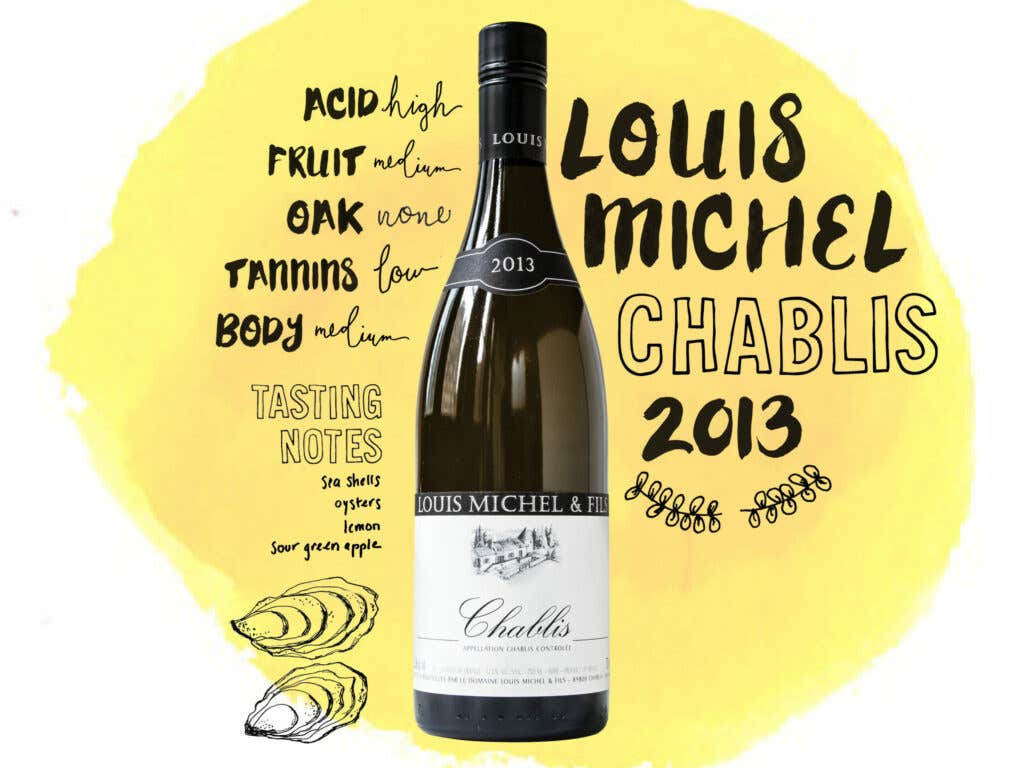
Let's take a look at a few of the classic examples of terroir that we love most in the wine world, starting with a personal favorite, Chablis. One of France's northernmost wine regions, Chablis is known for its razor-sharp expressions of the chardonnay grape. Vines in this cool climate grow on soils studded with the fossilized seashells of ancient seabeds, and the resulting wines have lots of acidity and minerality. The Louis Michel Chablis 2013 is a perfect example: Made with no oak whatsoever, this bottle really brings forward the hauntingly briny aromatics that make the area so special—and its wines so hard to recreate anywhere else. While there are many grand wines from this region that command a high price-point, this one is priced to get into everyone's glass.
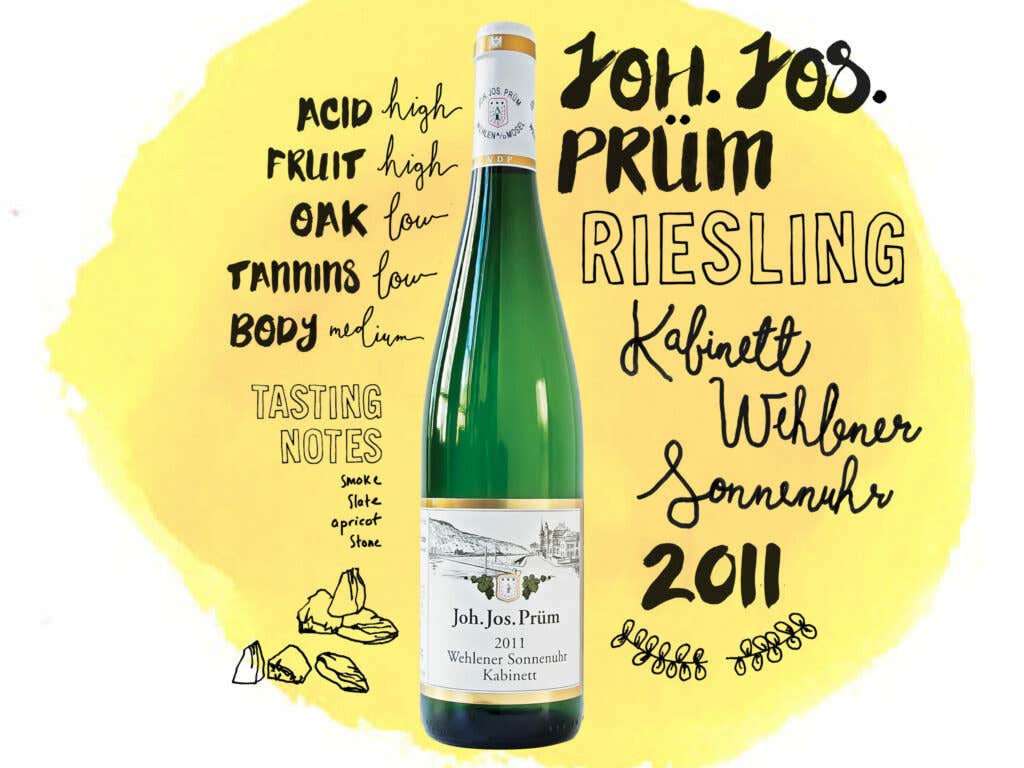
Hop across the border to Germany, and you'll find yourself in the motherland of riesling, one of the most misunderstood grapes in the world. Yes, riesling can be sweet, but it's not always so, and some of Germany's best riesling comes from the Mosel region, known for its off-dry expressions. The Joh. Jos Prüm Riesling Kabinett Wehlener Sonnenuhr 2011 is a textbook example of high-acid riesling with a kiss of sweetness; it practically jumps out from the glass with a smoky, stony character derived from the blue slate in the soil of the vineyards in the village of Wehlen.
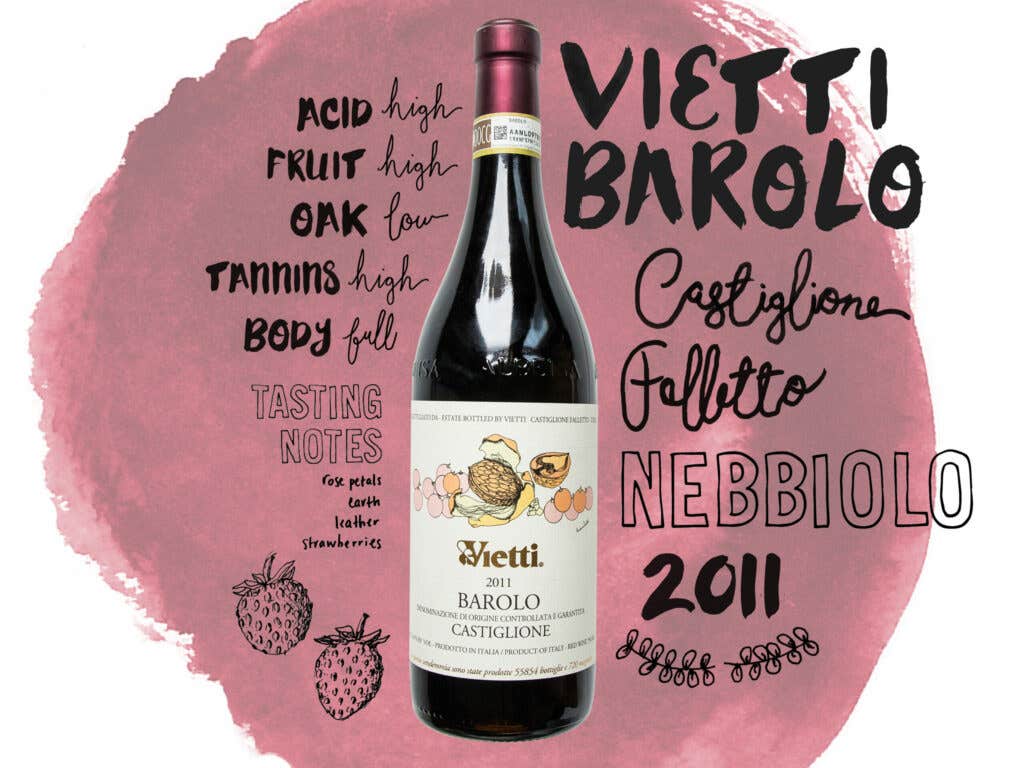
Moving south, Italy is especially well-known for a huge diversity of wines, but one of the most famous and prestigious wine-growing areas in the country lies in its far northwest. Barolo, in the Piedmont region, is where the nebbiolo grape reigns supreme. Nebbiolo is a fickle, thin-skinned red varietal that requires very particular growing conditions, especially a gentle morning fog (nebbia in Italian, hence the grape's name). Many have tried to plant it throughout the world's wine regions, with almost complete failure—this grape truly gets homesick, and only wants to thrive in Italy's mountainous northern climes. The Vietti Barolo Castiglione Falletto 2011 is a gorgeous example. In its youth (as it is here), the wine is stony, with distinctive rose petal aromatics and downright aggressive tannins (beware!). Yet as it ages it develops beautiful earthy, tarry, truffle-like notes.
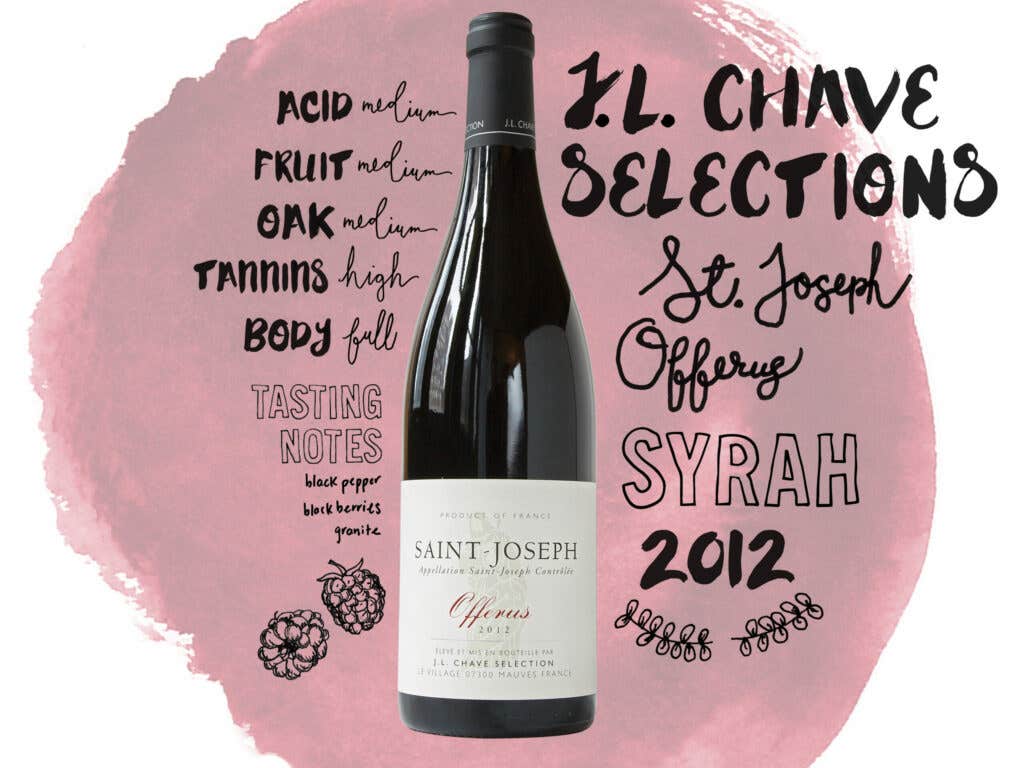
For a final iconic example of terroir, we head back to France's Northern Rhone region, to discover where syrah hit the world stage for the first time. The Chave family has been making wine here for over 500 years, most notably on the picturesque hillside of Hermitage. Current-generation winemaker Jean-Louis Chave is dedicated to tirelessly rebuilding and revitalizing one of the area's most diverse appellations, St. Joseph. The J.L. Chave Selections St. Joseph "Offerus" 2012 is about as classic as syrah comes: peppery and dark-fruited (though not jammy), it's backed by a uniquely briny, smoke-filled character that can only be derived from the granite soils of this amazing site. While syrah can thrive in many regions of the wine world, it's only here in the Northern Rhone that the grape expresses itself in such a fresh and pure form.
Not every bottle you drink will have the rich history that some of these examples might. But when you’re choosing wines in a wine shop or in a restaurant, ask for assistance in choosing those that have a great sense of terroir, so you can get a firsthand sense of the differences between some of the world’s classic vineyard sites. Then pick up your glass, inhale deeply, and be taken somewhere truly special.
Louis Michel & Fils 2013 Chablis, $22 at Wine Chateau
Joh. Jos Prüm Riesling Kabinett Wehlener Sonnenuhr 2011, $35 at B21
Vietti Barolo Castiglione, $60 at ShopRiteWines.com
J.L. Chave Selection Saint-Joseph Offerus 2012, $30 at Morrell & Company
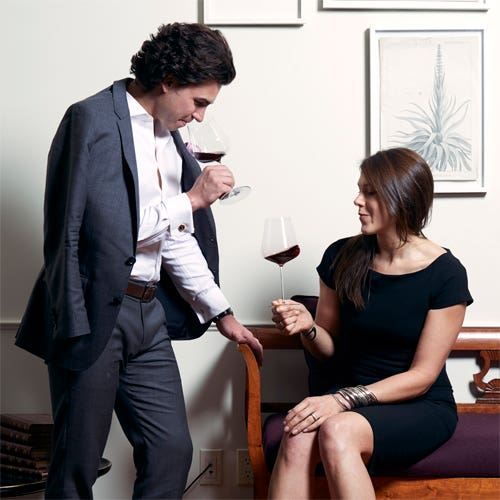
Jessica Brown is a sommelier and wine director of The John Dory Oyster Bar and The Breslin Bar & Dining Room.
Thomas Pastuszak is a sommelier and the wine director at The Nomad Hotel.
Keep Reading
Continue to Next Story










